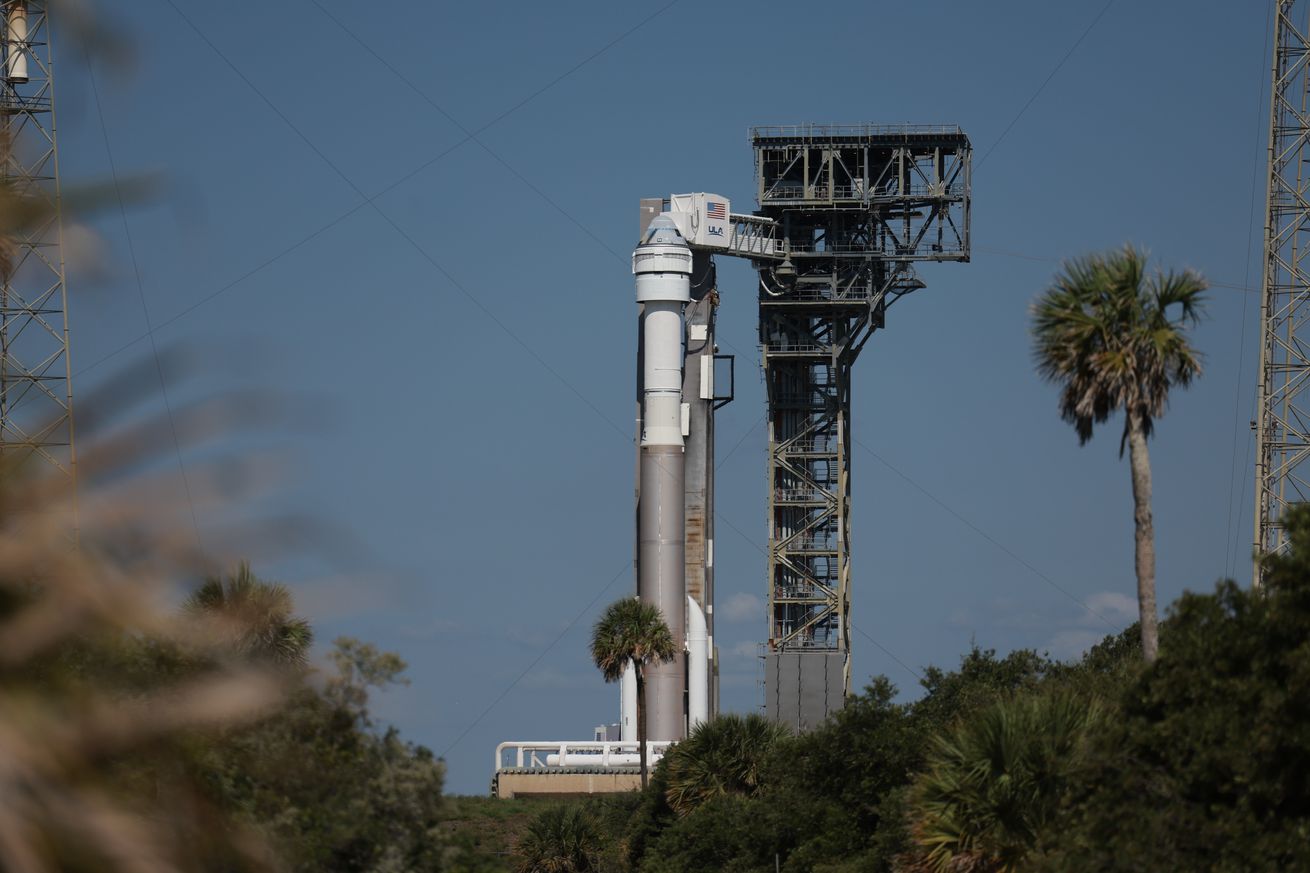Starliner Mission Overview
Starliner launch – NASA’s Starliner mission is a crucial step towards the agency’s goal of returning humans to the Moon and eventually Mars. The mission’s primary objective is to test the spacecraft’s ability to safely transport astronauts to and from the International Space Station (ISS).
The Starliner launch has been postponed once again, leaving space enthusiasts wondering when they will finally get to see the spacecraft take flight. While we wait, we can speculate about other upcoming events, such as the release of the highly anticipated TV series “The Acolyte.” What time does The Acolyte come out?
( What time does The Acolyte come out? ) The answer is still unknown, but we can expect to hear more about it soon. In the meantime, let’s keep our fingers crossed for a successful Starliner launch.
The Starliner spacecraft is a reusable, capsule-shaped vehicle designed to carry up to seven astronauts. It is equipped with state-of-the-art avionics, life support systems, and a docking system that will allow it to connect with the ISS.
The highly anticipated Starliner launch has been met with mixed reactions, leaving many wondering if it will be a success. Amidst the anticipation, Alec Baldwin ‘s recent legal troubles have drawn attention away from the launch. However, as the countdown continues, the focus returns to the Starliner’s mission, which aims to test the spacecraft’s ability to dock with the International Space Station.
Significance for NASA’s Future Space Exploration Plans
The success of the Starliner mission is essential for NASA’s future space exploration plans. The spacecraft will provide NASA with a reliable and cost-effective way to transport astronauts to and from the ISS, which will be a key hub for future missions to the Moon and Mars.
Launch and Flight Plan
The Starliner mission is scheduled to launch on July 30, 2023, at 6:30 AM EDT from Cape Canaveral Space Force Station in Florida. The launch will be conducted by a United Launch Alliance Atlas V rocket. The launch sequence will begin with the ignition of the Atlas V’s first stage engines, which will provide the initial thrust to lift the spacecraft off the launch pad. Once the first stage has burned out, it will be separated from the spacecraft, and the second stage will ignite to continue the ascent. The second stage will burn until it reaches orbit, and then it will be separated from the spacecraft. The spacecraft will then use its own propulsion system to maneuver into a docking position with the International Space Station (ISS).
Once docked with the ISS, the Starliner crew will conduct a series of experiments and demonstrations. The crew will also perform maintenance tasks on the ISS and prepare for the return to Earth. After approximately six months in space, the Starliner will undock from the ISS and begin its return journey to Earth. The spacecraft will re-enter the Earth’s atmosphere and land in the western United States.
Launch Sequence, Starliner launch
- Ignition of the Atlas V’s first stage engines
- Separation of the first stage
- Ignition of the second stage
- Separation of the second stage
- Spacecraft uses its own propulsion system to maneuver into a docking position with the ISS
Flight Plan
- Launch: July 30, 2023, at 6:30 AM EDT
- Docking with the ISS: Approximately two days after launch
- Stay on the ISS: Approximately six months
- Return to Earth: Approximately six months after docking with the ISS
Crew and Cargo: Starliner Launch

The Starliner crew comprises a diverse team of experienced astronauts and scientists. Commander Mike Fincke, a veteran of three spaceflights, will lead the mission. Joining him are Pilot Nicole Mann, Mission Specialist Josh Cassada, and Mission Specialist Sunita Williams, who will serve as the spacecraft’s flight engineer.
The crew has undergone rigorous training to prepare for the challenges of spaceflight, including simulations, zero-gravity flights, and survival training. The mission control team has also received extensive training to ensure the safe and successful execution of the mission.
Scientific Experiments and Payloads
The Starliner spacecraft will carry a variety of scientific experiments and payloads, including:
– A study of the effects of spaceflight on the human body, particularly the cardiovascular system.
– An experiment to test a new method of growing plants in space.
– A payload to study the effects of radiation on materials.
– A payload to test a new type of spacesuit.
These experiments and payloads will provide valuable data that will help us to better understand the challenges of spaceflight and to develop new technologies for future missions.
The Starliner launch has been a topic of much discussion, and it is a testament to the dedication of the engineers and scientists who have worked tirelessly to make it a reality. One person who has been particularly involved in the project is Dean-Charles Chapman , who has played a key role in developing the software that will control the spacecraft.
Chapman’s expertise in this area has been invaluable, and he is confident that the Starliner will be a success.
Starliner’s launch marks a significant milestone in space exploration. While the cast of the Acolyte Osha awaits its own celestial debut, Starliner’s journey reminds us of the indomitable spirit of human endeavor, pushing the boundaries of our reach among the stars.
The Starliner launch, a momentous event in space exploration, has captured the world’s attention. Amidst the excitement, news of Alec Baldwin ‘s involvement in an unfortunate incident has overshadowed the launch. However, the Starliner mission, a testament to human ingenuity and determination, continues to inspire, reminding us that even in the face of setbacks, the pursuit of knowledge and progress must never cease.
